
He was a 14-year-old kid from the Bronx. She was a 29-year-old movie star at the height of her allure. They inhabited different worlds, but a remarkable five-and-a-half-minute amateur movie that Peter Mangone shot of Marilyn Monroe on the streets of Manhattan in March 1955 captured a rare glimpse behind the legendary actress’ veil of artifice. On the 59th anniversary of the day Monroe filmed the infamous blowing skirt scene—creating one of the iconic images of the 20th century—TIME takes a look back at the star, but from a very different perspective.
“I used to cut school,” Mangone told the Today Show in 2002, “I used to get up every day and put on a shirt and tie because I read that she was coming to New York … and that she was going to be at the Gladstone Hotel.” He staked out the hotel for months, hoping to get an autograph or a snapshot with his Brownie camera.
One day, he somehow summoned the courage to approach the star. “She said, ‘You were here yesterday — you had a red tie on. Weren’t you cold?’ She noticed,” Mangone remembered. “She befriended me. She used to give me rides to the subway if it was raining.”
“Once you saw her, she was burned into your head,” Mangone said.
Another day, he snuck his brother’s wind-up Kodak Revere film camera out of the house. As luck would have it, Monroe came out of the hotel, mentioned that she was going shopping and told Mangone that he should tag along. Arm in arm with photographer Milton Greene and fashion designer George Nardiello, the star breezed down 5th Avenue, enjoying a level of privacy that today’s stars would envy. All the while, young Mangone filmed her.
“What makes [Mangone’s film] unique,” notes gallerist James Danziger, “is that this was the most natural Marilyn … She wasn’t in a movie, she wasn’t acting, she liked kids and she had a connection to this guy that she wouldn’t have had with an older person.”
“It’s extraordinary how many times Marilyn’s expression can change and how every split second of film is interesting,” Danziger continues. “She whispers confidences to Greene. When she sees the camera she lights up but when she averts her gaze a shadow passes over her features. She is outside of herself and in the present one moment and then deep inside herself the next. She looks radiantly happy and then pensive, even sad.”
Mangone watched it so many times that he committed it to memory. But with time, it lost its appeal. He eventually threw it away — he thought — along with the movie magazines and other belongings he felt he’d outgrown.
The years passed. Peter became a Roller Derby star and a hair stylist to stars like Zsa Zsa Gabor and Wayne Newton. In 2002, 47 years after it was shot, Peter’s brother found the long-forgotten film while cleaning out their father’s possessions.
”It was like finding my high school sweetheart again,” Mangone said of seeing the film after so long. “And she was just the way I remembered her.”
A copy of the movie made it’s way into the hands of Milton Greene’s son Joshua, who in turn showed it to Danziger. He was enthralled and exhibited it on a loop at his gallery in January 2013 alongside stills he’d plucked from the 9,212 frames that make up the film.
Sadly, Mangone died the month before the show opened at Danziger Gallery. But Danziger believes “that there’s no memorial he would rather have had than to see this work published and exhibited.”
The gallery has since released a book of the stills named “Marilyn Monroe NYC, 1955” Why turn Mangone’s charming, amateur movie into a small, closely edited series of stills?
By slowing this essentially innocent little film to a halt — by allowing us to explore the tiniest details of the subject’s every movement — we are given time and space in which we can both participate in, and scrutinize, our culture’s often morbid obsession with celebrity.
And by presenting the film as still pictures, Danziger allows the audience to reflect on the pathos of photography itself. As Susan Sontag once observed: “Photography is an elegiac art, a twilight art … All photographs are memento mori,” i.e., reminders of the inevitability of death. “To take a photograph is to participate in another person’s mortality, vulnerability, mutability. Precisely by slicing out this moment and freezing it, photographs testify to time’s relentless melt.”
Both Marilyn and Mangone are gone. Only these grainy, strangely compelling images, captured on fragile ribbons of film, now testify to the brief encounter between the glamorous star and her young admirer.
Myles Little is an associate photo editor at TIME.
Peter Mangone was a Roller Derby star and a hair stylist. He passed away in December 2012.

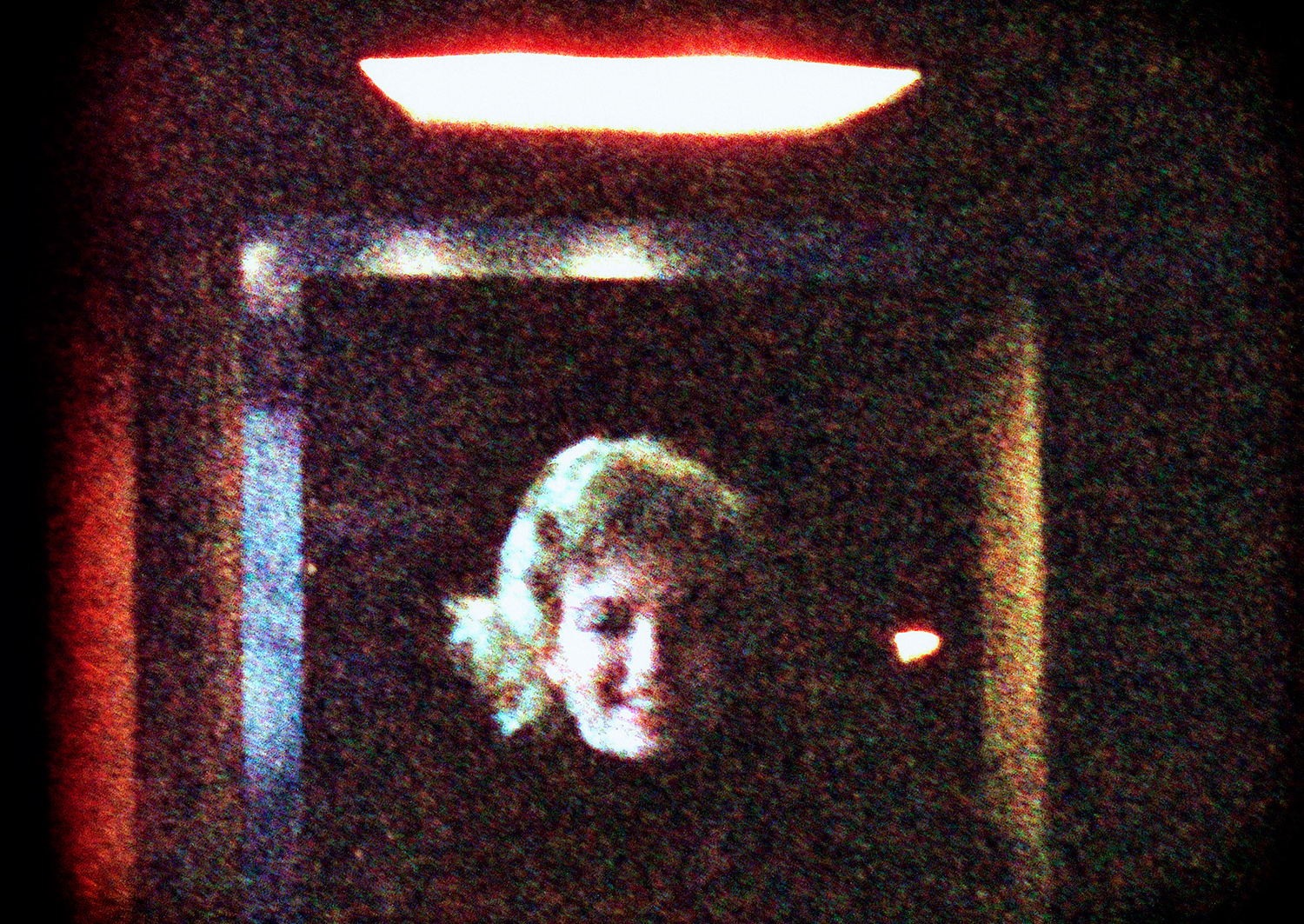


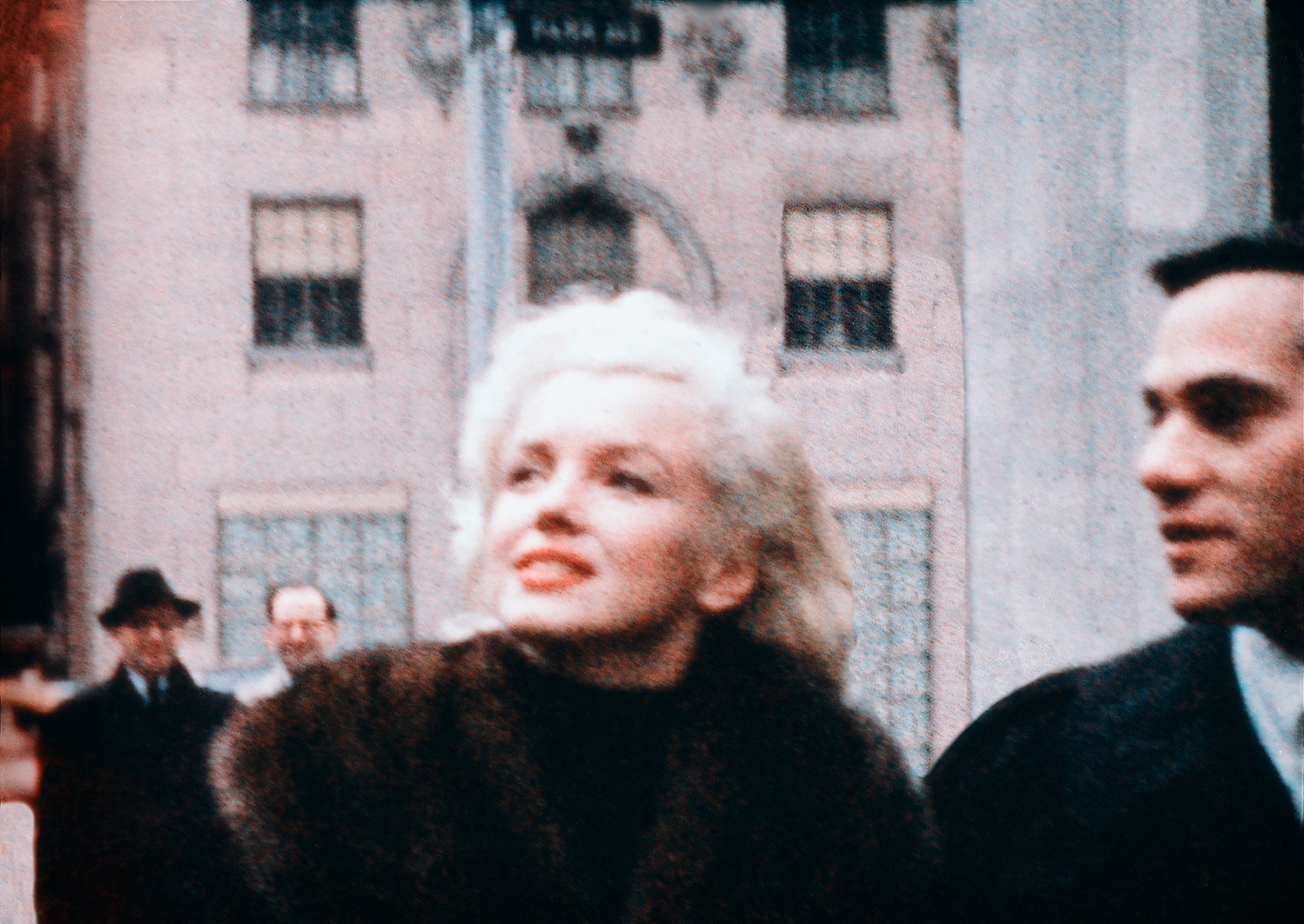


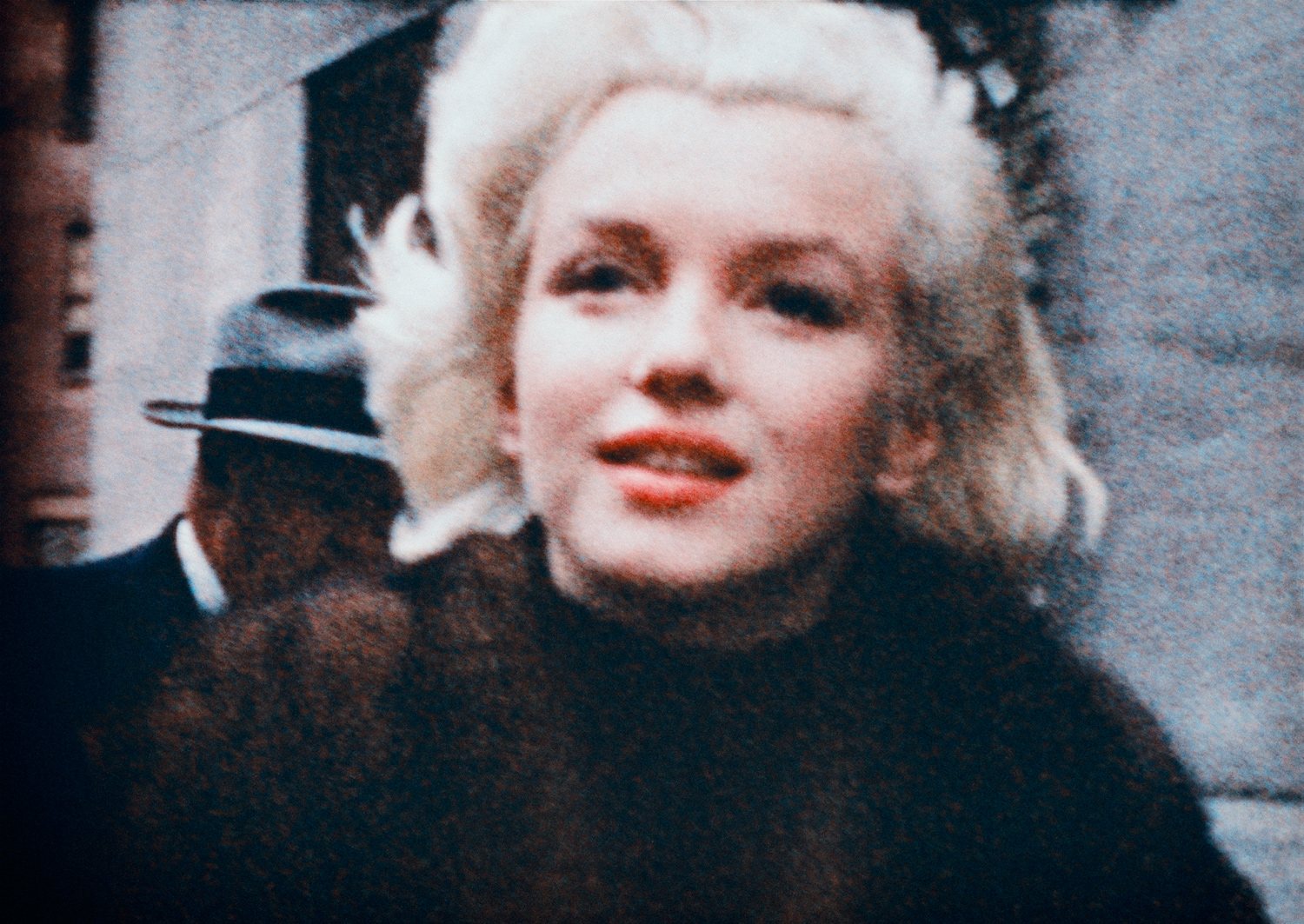
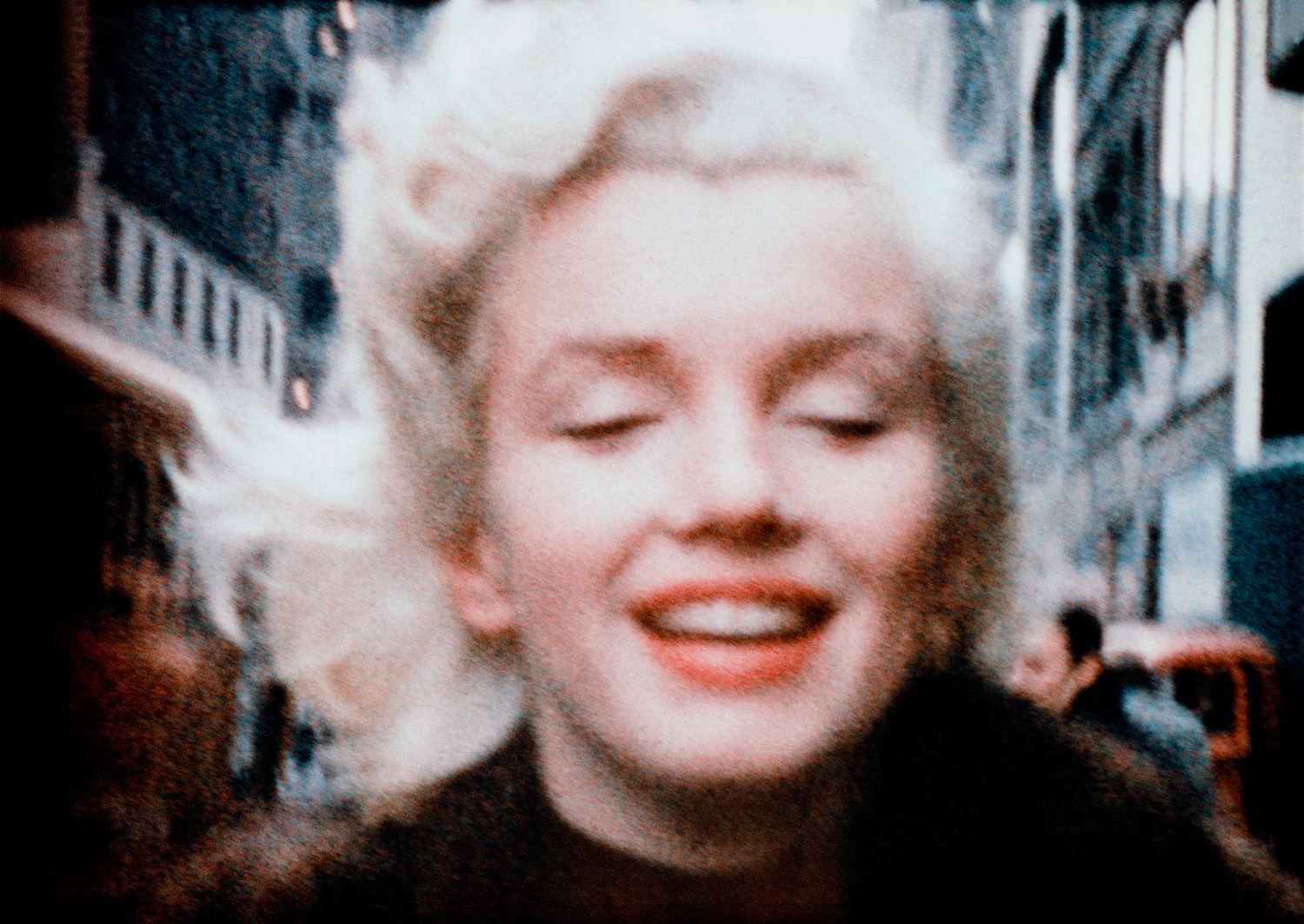


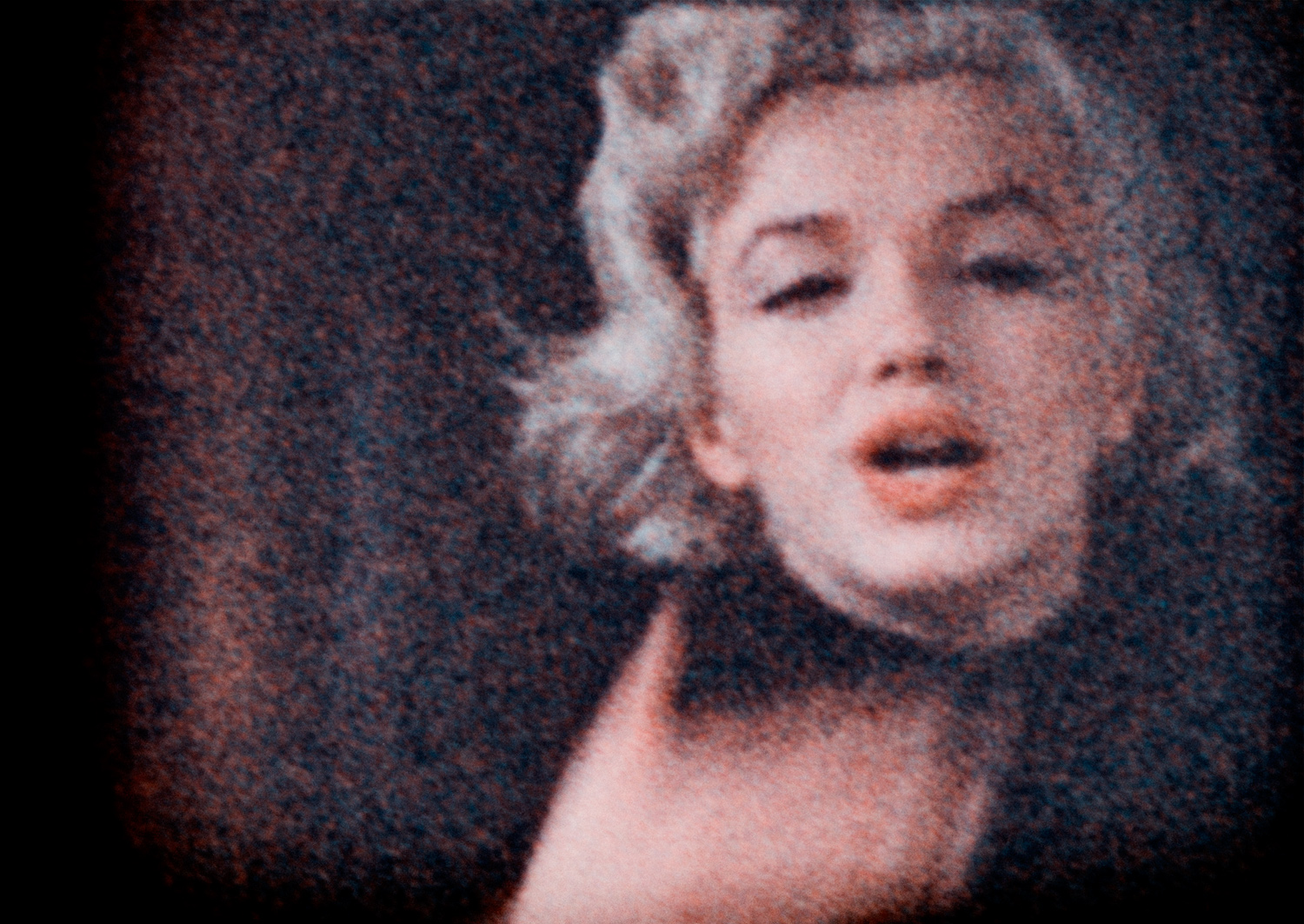
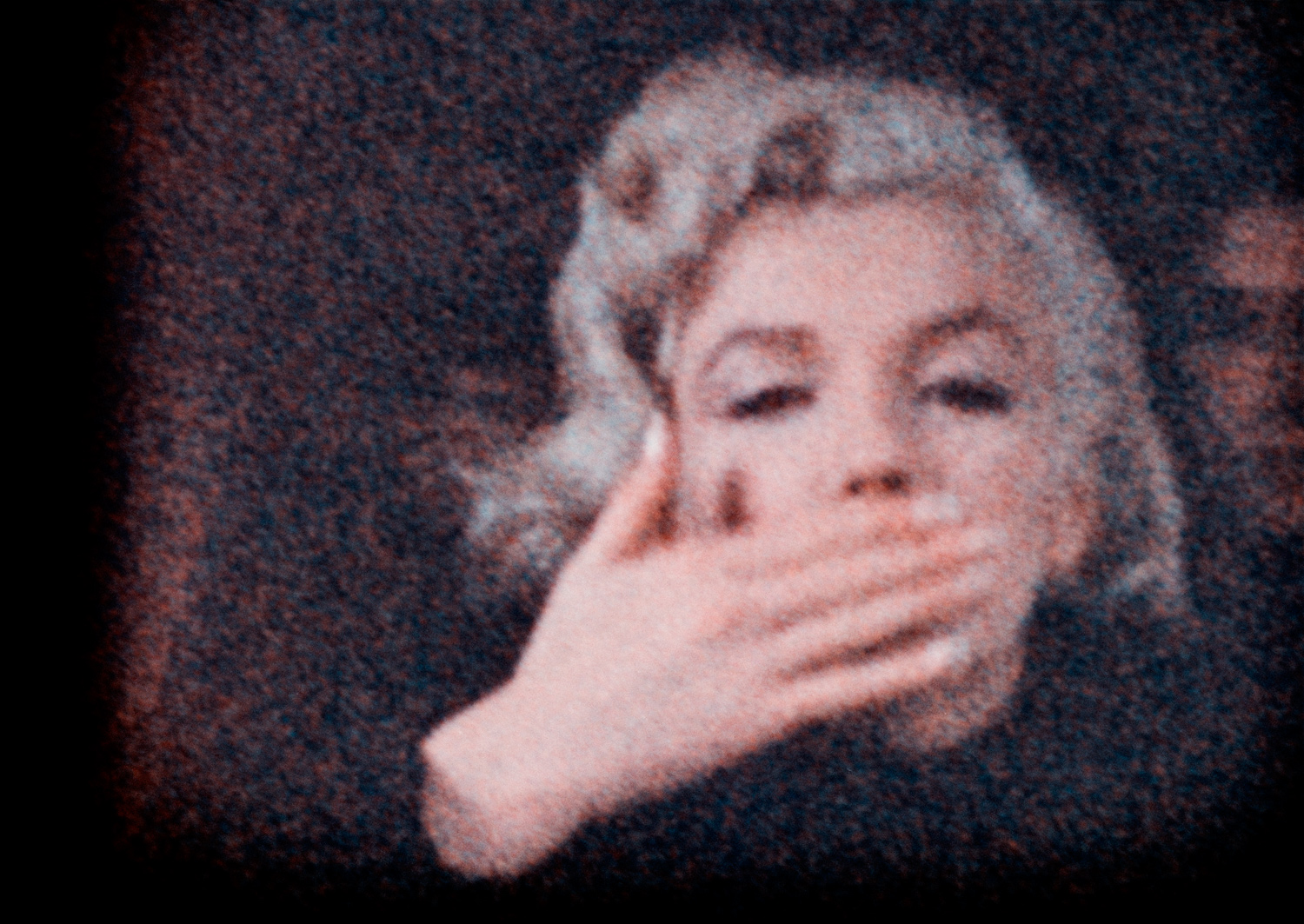

More Must-Reads from TIME
- Donald Trump Is TIME's 2024 Person of the Year
- Why We Chose Trump as Person of the Year
- Is Intermittent Fasting Good or Bad for You?
- The 100 Must-Read Books of 2024
- The 20 Best Christmas TV Episodes
- Column: If Optimism Feels Ridiculous Now, Try Hope
- The Future of Climate Action Is Trade Policy
- Merle Bombardieri Is Helping People Make the Baby Decision
Contact us at letters@time.com